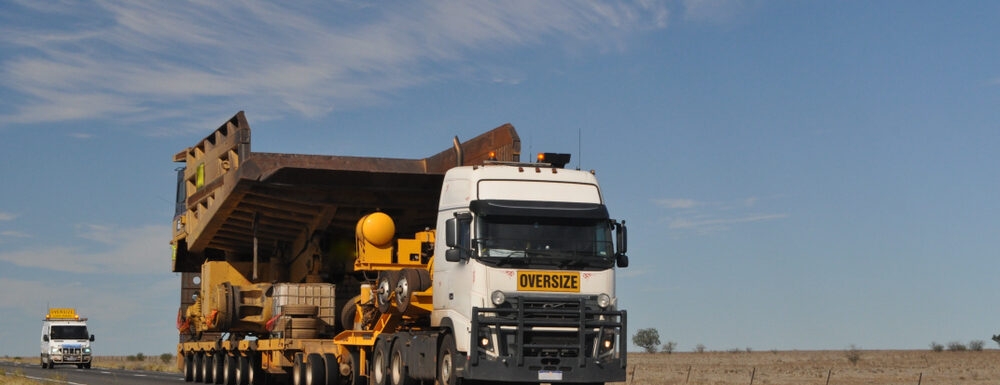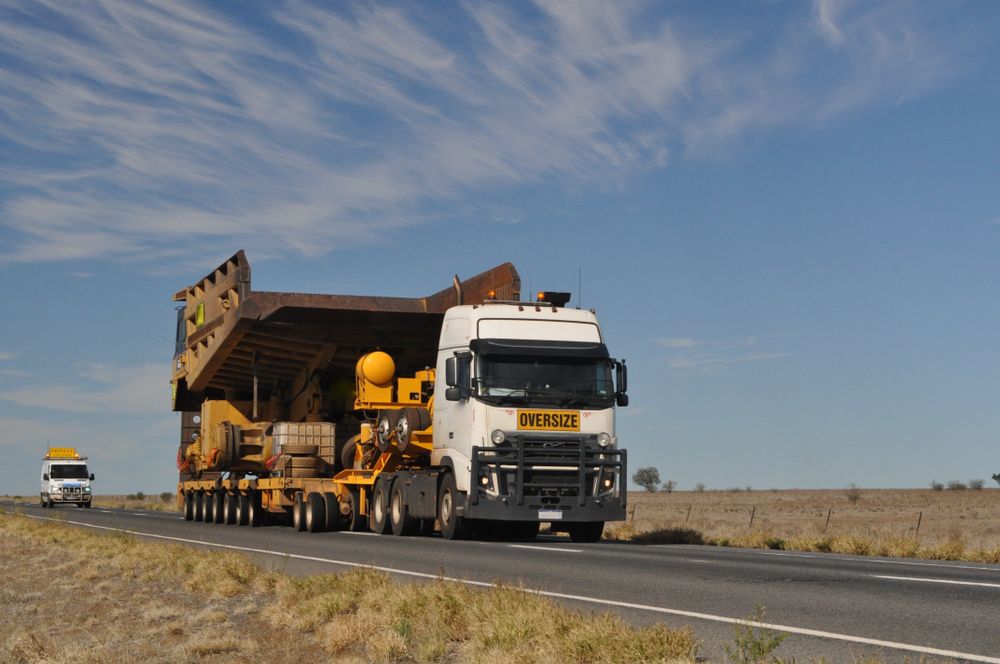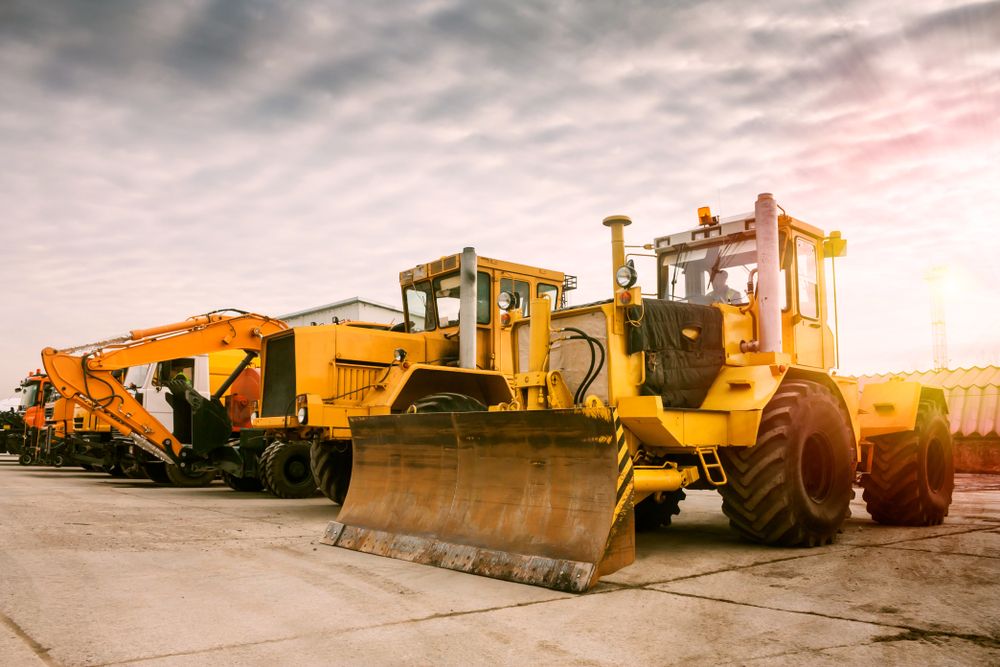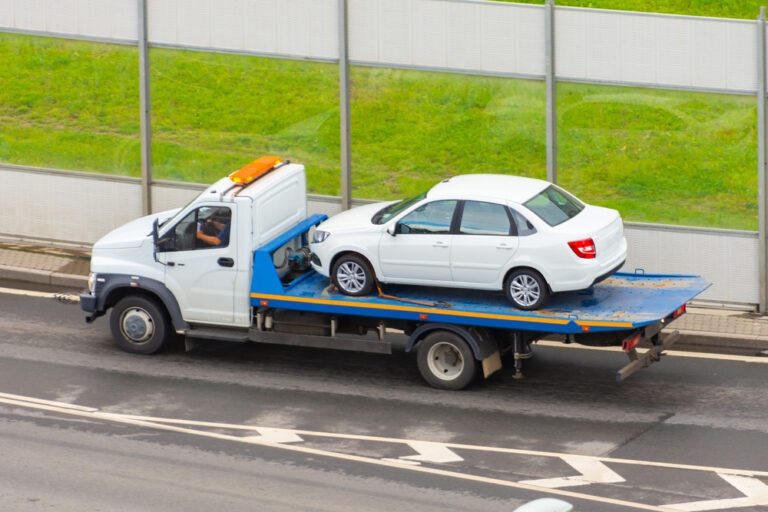
The Biggest Challenges With Shipping Heavy Equipment
At ShipLux, we are proud to offer a wide range of shipping services that cater to a very wide audience. This includes heavy equipment! Transporting heavy equipment is a demanding job that is incredibly detail-oriented, making it very important to have a team of experts on your side that knows exactly what they are doing.
When planning your shipment, it’s important to be aware of the process, including the several challenges that shipping heavy equipment includes. Read on to learn!
What Is Considered ‘Heavy Equipment’?
First things first: is your shipment considered “heavy equipment”? The benchmark for what defines this is 5,000 pounds and above.
What are some examples of heavy equipment that we work with?
- Shuttle Bus
- School Bus
- Motorcoach
- Trolley
- Tractors
- Skid steer loaders
- Backhoe loaders
- Freight containers
- Scrapers
- Articulated haulers
…and more! Our team appreciates and understands that “heavy equipment” comes in all shapes and sizes, so there are no limits to what we can ship. Regardless of the weight or dimensions of your equipment, we will be able to source a trailer to ship it.
The Challenges Of Shipping Heavy Equipment
- Safeguarding and security
When we ship any vehicle, we take caution and care to ensure the vehicle is securely fastened for the duration of its shipment.
However, we must take this to the next level when shipping heavy equipment. We need to sort out and secure necessary warning signs, flags, and various lights to advise others on the road of the oversized load being shipped. Proper tarping, strong straps, and securement are also fundamental so that the heavy equipment won’t move at all because the potential for damage or danger is of higher risk.
Another challenge that we have to overcome is that each state demands different security and safeguarding instructions to abide by that we have to respect.
- Very tight timelines
Due to factors that are outside of our control, we cannot provide exact dates and times that we will deliver your vehicle. We do our very best to respect the timelines provided, particularly for our expedited shipping customers, and always provide regular updates for more specified timing.
- Permits and/or escort vehicles
Certain domestic roads, particularly those located within residential areas, often limit cargo width and weight restrictions, dictated by the U.S. Department of Transportation. This means that to operate a shipment on these roads, we have to obtain specific permits or escort vehicles.
Leave this to us, because anyone hauling a load that exceeds legal limits in weight or size has to obtain a permit for each of the states that they will be traversing. Yes, that means that if a piece of oversized, heavy equipment has to travel through multiple states, it means multiple permits. If the shipment does not have these permits, it can result in hefty fines.
Additionally, some oversized shipments can require to have escort vehicles, called pilot cars and/or police escorts, depending on the load and the states that they transit through. The pilot driver is there for the following reasons:
- To ensure travel is safe for the truck driver and all other motorists on the road
- To avoid any damage to the roads or infrastructure
- To reduce potential delays, avoid traffic, and manage traffic flow
- To deter potential accidents
- To synchronize obstructions like wires, signs, or signals
Regularization for both permit and escorts vary by state, so depending on requirements, the processing time may take several hours or days to obtain this paperwork. It is a challenge to coordinate everything, but this is our job and we are experts at sorting it all out, so there is no stress on you!

- Determining which shipping method is most suitable
Depending on the size, weight, and distance that your equipment is traveling, we will work to overcome the challenge of which shipping method is the most appropriate.
There are three standard methods for transporting heavy machinery which are: container shipping, flat rack, roll on, and roll off. In more complicated cases and where there are multiple destinations involved, it may be necessary to use a combination of these techniques.
- Container shipping: the longest-standing method of shipping is certainly container shipping, as it allows for easy loading and unloading of freight conveyed in standard twenty or forty-foot containers. When sending your heavy equipment abroad, this is the most likely option that will occur. With this, your heavy equipment is loaded and unloaded onto the cargo area of a large ship. These containers do have limited size and shape, meaning that if you are shipping a significantly large piece, it may have been disassembled before being loaded, which some consider a drawback as it is not light work doing so. But, the large advantage is how safe the equipment is and it makes it easy to haul it.
- Flat rack/flatbed: One of the more common methods for shipping heavy machinery within the U.S. to Canada, is via flat rack shipping. This method allows for straightforward loading and unloading and can typically carry up to 48,000 pounds. The majority of flat racks need forklifts or cranes to load heavy cargo on and off the vessel. This is used when the heavy equipment being shipped is in one piece. One downside when using this method is the item is exposed to the elements but we deal with this by adding additional precautions to avoid damaging anything.
- Roll-On/Roll-Off (RoRo) Roll-on/Roll off “RoRo” ships are crafted to ship wheeled heavy ticket items like buses, railroad cars, and trucks. They are designed in a way that the equipment can be driven onto and off the vessel using its wheels. The equipment gets to stay in one happy piece ao its final destination. There are many positives to the RoRo method, but it can be expensive.
- Availability of equipment and carriers
As a broker, ShipLux works with a large network of brilliant carriers and drivers across the nation and the world to make every shipment possible. However, hauling heavy equipment, as mentioned, requires very specific tools designed to carry heavy loads for safety reasons. Sometimes, there is not a large amount of this at carriers’ disposal so there may be a chance of waiting until there is sufficient heavy equipment to make the shipment viable. To combat this, we always suggest customers contact us as early as possible to make arrangements.
- Vehicle management
We only work closely with professionally trained drivers that are skilled in dealing with transporting heavy equipment. However, it is certainly a specific skill set so it is challenging to transport heavy machinery across miles of roads. Drivers must methodically maneuver the vehicle to avoid any hazards including potholes, construction, pedestrians, traffic, sharp turns, and any other rough terrain.
- Receiving inaccurate information about the heavy equipment
At ShipLux, we ask all customers to fill out a comprehensive quote which will ask for all the specs of the items wanting to be shipped. This means we will need to know the pieces of equipment including:
- The equipment’s specific model and make.
- A list of any modifications (if applicant) that the equipment has done over the years.
- The equipment’s exact dimensions, scale, and weight. This needs to completely price, as even the slightest miscalculation can lead to having to use different trucks or containers
- We need to be told if equipment needs to be tarped, crated, or palletized.
- Photos are easy to understand, and clear visual references give us an idea of what your heavy equipment looks like. Have a photoshoot! Obtaining various angles is critical to understanding true scale and dimension.
Should we receive inaccurate information, this means we may need to make last-minute adjustments to shipping methods, which can cause serious delays in the shipping or risk additional fees. We must get accurate information from the offset.

- Risk of injury to personnel
Working with heavy machinery comes with a heightened risk of injury to workers. This can happen even with the most trained drivers due to the sharp edges of large equipment, the enormous weight, and other factors. We deal with this through pre-planning and route assessments where, through preparation and properly understanding the route, can support efficiency, reduce overall costs, and provide a clear layout. Drivers also complete detailed safety protocols and procedures.
- Obtaining the right customs and other documents
If your heavy equipment is crossing any international border, you must obtain the correct custom and documentation for the journey. Every country has its own set of requirements and regulations that govern any heavy equipment entering its ports. For example, some countries require a bill of sale and the original title of the equipment before it is permitted into their country. Other countries will ask for all the equipment’s insurance papers before it’s allowed to operate in their country. Almost every country requires a fee at customs for importing the equipment into another country, which is sometimes determined based on the value of your shipment. Some countries won’t charge a fee at all, it all depends!
As such, it is your responsibility to obtain all of the necessary paperwork and customs details in advance of the shipment. We at ShipLux can guide you and advise on what paperwork is necessary, but it is ultimately up to the customer or company to gather it all and ensure it’s correct.

Conclusion
Shipping heavy equipment and machinery is a serious undertaking and should be taken seriously. While we understand the challenges that are attached to doing this, we are adequate training to understand the risks and work to adequately mitigate them.
Please contact us with all your questions! We are here to assist you in your undertaking of shipping your heavy equipment.
Recent post

General Shipping Information
Debunking Common Vehicle Transport ...

Car Shipping